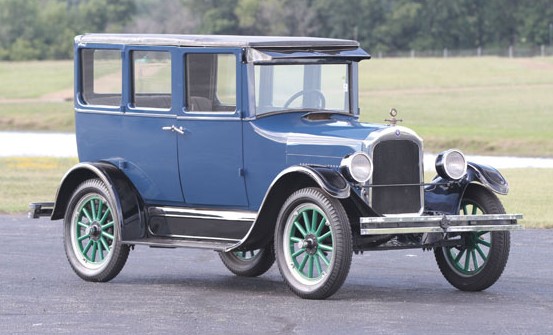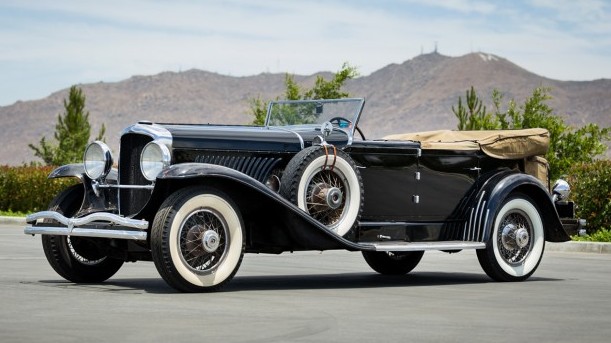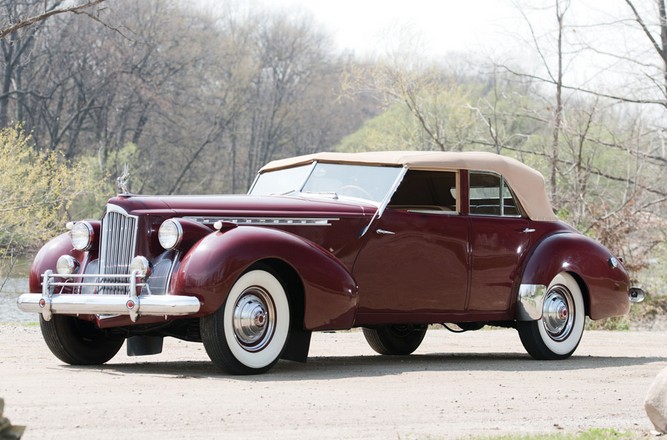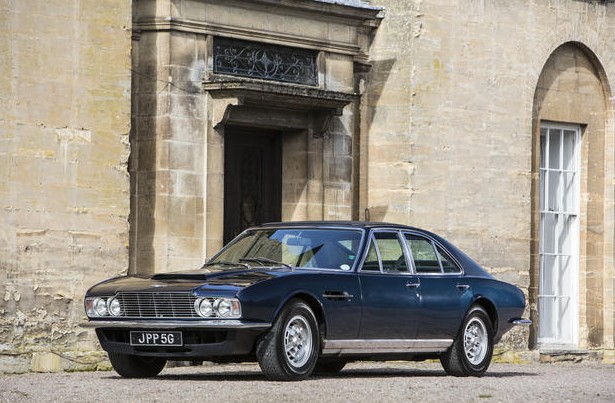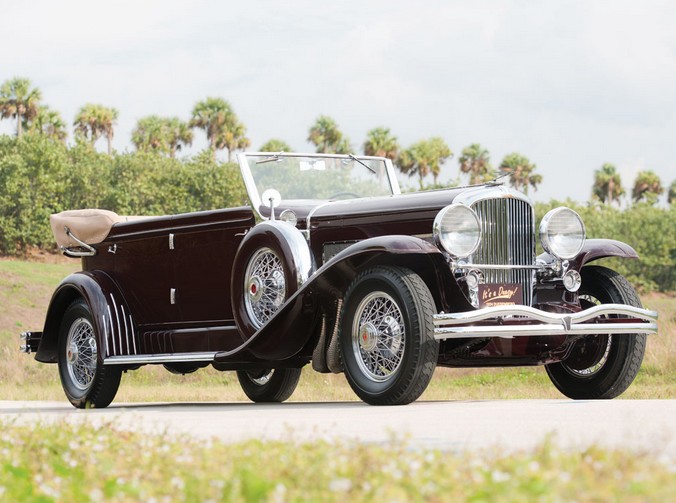1932 Duesenberg Model J Sedan by Holbrook
For Sale at The Auto Collections | Las Vegas, Nevada
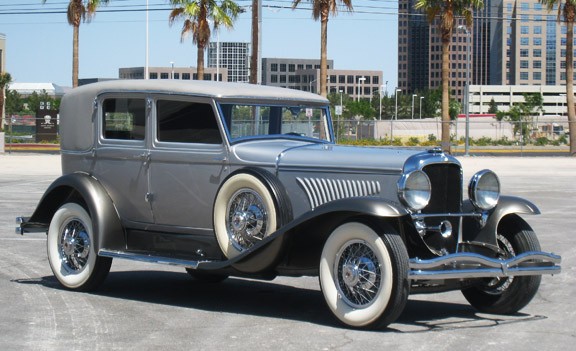
Since it is our intention to feature as many Model J Duesenbergs as possible on this site, there will come a point where there is nothing new left to say about each car. Yes, they all have the same 265 horsepower straight-eight engine. And they all have custom coachwork from various coachbuilders. Some of them have an interesting story or ownership history, which we’ll try to touch on.
Some are “just Duesenbergs” – if I can say that. This one is a sedan without any former celebrity owners. And since I’ve already exhausted just about everything I can say about this particular car, allow me to furnish the story with a brief history of Holbrook, the company the designed this sedan body.
Founded in 1908 by the merger of two small coachbuilders (one owned by company namesake Harry F. Holbrook, the other by Jack Graham), Manhattan-based Holbrook Company built bodies for all of the top firms of the period, including Rolls-Royce, Isotta-Fraschini, Pierce-Arrow, Cadillac, and of course, Duesenberg. At least three Holbrook-bodied Duesenbergs are known to exist. Harry Holbrook left the company in 1913 and started a competing company in 1927 while partnering with Henry Brewster, who had also left the company bearing his name (it didn’t last). Holbrook was re-organized in 1929, but it spelled disaster and the company was liquidated the following year.
So, how is it that a 1932 Duesenberg could have a body designed by a company that went out of business in 1930? Well, this chassis (#2350) was a 1932 model. It originally contained engine J-338 and a five-passenger sedan body by Derham. At some point, J-127 was installed and the body was switched to the Holbrook sedan you see here.
Price is not listed on the website but this car changed hands in 2004 for $240,000. It popped up later that year for $395,000. I’m sure the price has only increased since. You can find out more here.

